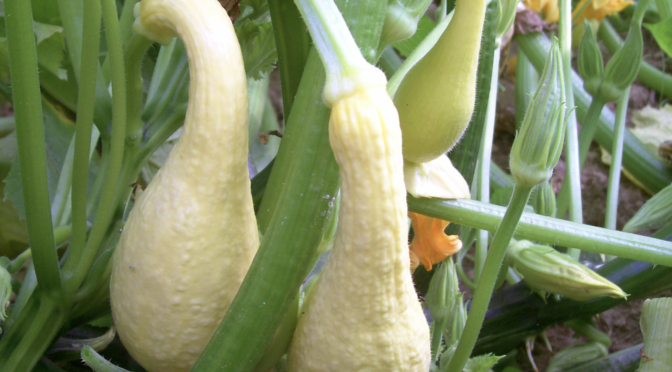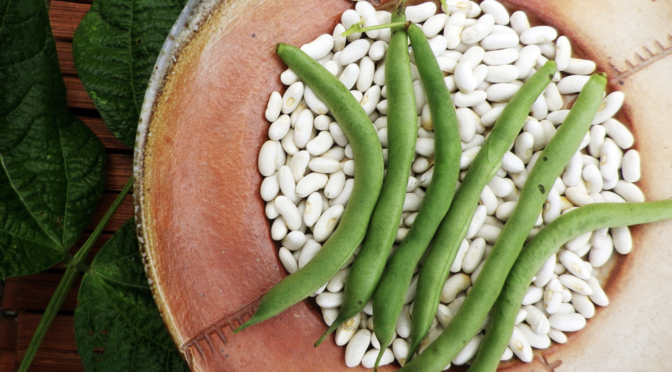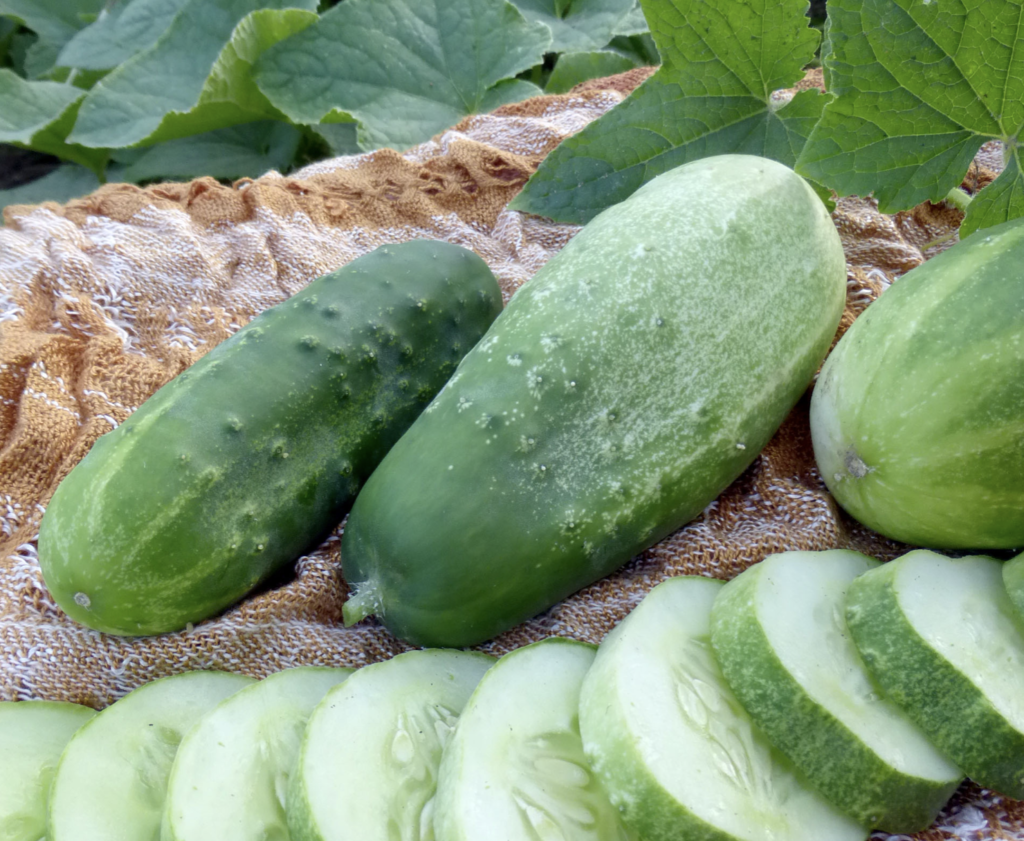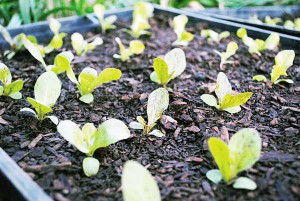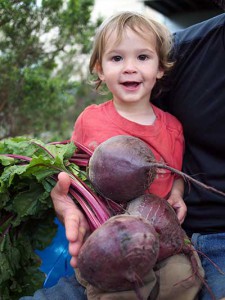Summer squash plants are incredibly productive. New and seasoned gardeners alike often grow much more than their families can use.
When you feel like you’re drowning in fresh produce, it’s easy to let some go or toss it in the compost bin, but there are other options. Here are a few ways we recommend to use up a large harvest of summer squash.
Donate your excess.
Home gardeners may get tired of summer squash, but fresh produce can be a luxury for others. If you have extra summer squash (or any other vegetable), we recommend donating some to your local food bank. Here are some resources you can use to find a food bank near you:
- Feeding America
- Foodpantries.org
- Local Churches
Ferment it.
Fermenting is an easy, safe way to preserve food. There’s no need to stand over a hot canner all day! Fermented foods are also full of helpful bacteria that are great for gut health. Check out this recipe for Lacto-Fermented Summer Squash from Cultures for Health.
Dry it.
If you’ve got a dehydrator, you can quickly dry large amounts of summer squash. It’s excellent sliced into thin strips and salted for a crunchy, potato chip-like snack. It and also be shredded or chopped and dried for use this winter in soups, stews, and baked goods.
Prepare your squash as desired and lay it out on a dehydrator tray in a single layer. Then lightly salt your squash. Note: thicker pieces of squash will take much longer to dry.
Dry your squash at 130-140°F until your squash is completely dry and brittle. Store in an airtight container until you’re ready to use.
Alternatively, squash can be sliced into rings, hung, and dried over an open fire or woodstove.
To use in cooked dishes, add it to your recipe with a bit of liquid for the last few minutes of cooking. To use shredded squash in baked goods, cover it with warm water for about 5 minutes before adding to your mix.
Freeze it.
Like dehydrated squash, frozen squash is perfect for winter use in soups, stews, and baked goods. The first step is to shred or cube your fresh squash.
Blanching
To ensure it doesn’t get mushy, you need to blanch your squash before freezing. Place your squash in boiling water for exactly 1 minute. Then remove your squash with a slotted spoon and place it in ice water for one minute to immediately stop the cooking. Drain your squash on a clean towel.
Flash Freeze
To keep your squash from freezing into one solid clump, you can use a technique called flash freezing; this works best with the squash cubes or chunks. Spread your drained squash onto a cookie sheet with parchment paper and freeze for at least one hour before transferring to a container.
Alternatively, you can measure squash out for your favorite recipes ahead of time; this works best with shredded squash for baked goods and sauces.
Frozen squash will last up to 10 months.
Can it.
Canning summer squash can be tricky because it is a low-acid food. Ball canning no longer has recipes for canning it on their website or in their book. However, some people still do by pressure canning or adding acidic ingredients.
Pressure Canned Squash
If you’ve got a pressure canner, you can put up plain summer squash as you would many other vegetables. You can find a recipe here.
Pickled Summer Squash
Pickling summer squash is relatively easy and a lot like pickling cucumbers. Just make sure you follow the recipe.
Pineapple Squash
One of my favorite ways to preserve summer squash and zucchini is to make “pineapple squash.” Basically, you can your squash in pineapple juice, and the mild-flavored squash takes on the pineapple flavor. I love it for pizza and sweet and sour stir-fries.
You can find a recipe here.
Recipes
There are so many ways to use fresh summer squash, and thanks to the internet, we now get to see so many creative recipes. Here are a few we thought you all might enjoy.

